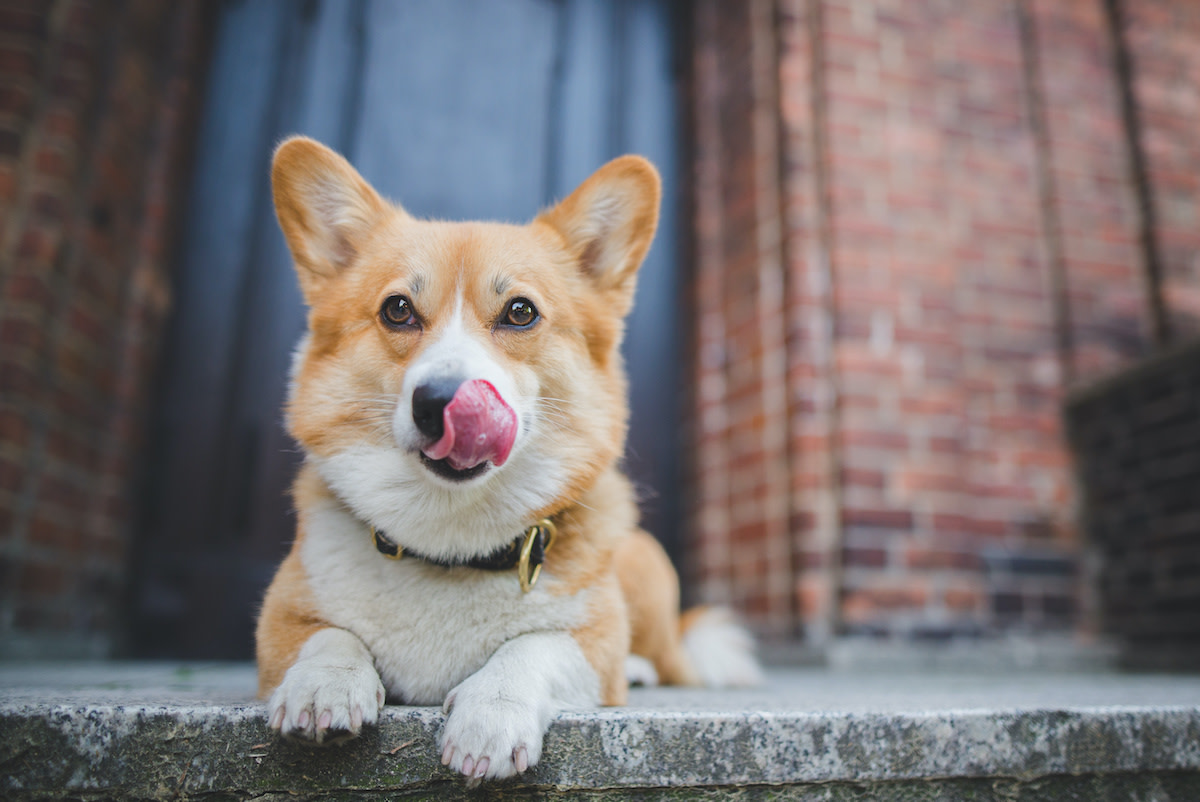Xylitol and Dogs: 3 Signs of Xylitol Toxicity in Dogs
Written by MasterClass
Last updated: May 13, 2022 • 4 min read
Xylitol, a common ingredient in sugarless products, can be deadly to your furry friend. Read on to learn more about xylitol in products, symptoms of xylitol poisoning, and what steps to take if you suspect your pet has consumed large quantities of xylitol.
Learn From the Best
What Is Xylitol?
Xylitol, or birch sugar, is a natural sugar alcohol in plants, although it is an artificial sweetener in commercial goods. Manufacturers use xylitol as a glucose or sugar substitute in food products. In humans, ingestion of xylitol rarely causes adverse effects; however, dogs can experience severe reactions and life-threatening symptoms if they consume xylitol. Symptoms of xylitol toxicity in dogs include seizures, vomiting, and impaired cognitive function.
Why Is Xylitol Dangerous to Dogs?
An artificial sweetener, xylitol is common in human food products and poses a threat to pets. Here are a few risks pet owners can associate with the canine consumption of xylitol:
- Xylitol can cause an imbalance in blood sugar levels. Consumption of xylitol causes a rapid release of insulin from a dog’s pancreas into the bloodstream, resulting in low blood sugar levels, hypoglycemia, and liver damage.
- Xylitol can cause stomach upset or dehydration. Dogs that eat products containing xylitol might start vomiting, develop diarrhea, lose their appetite, or stop drinking water. All of these symptoms can lead to weakness or dehydration, which can become a life-threatening condition if it becomes severe.
- Xylitol can damage a dog’s internal organs and nervous system. A small piece of gum containing xylitol is not likely to cause your pet severe symptoms, although the ingestion of large amounts of sugarless gum can cause liver failure. Xylitol poisoning can also harm a dog’s central nervous system, with severe cases resulting in comas or death.
3 Symptoms of Xylitol Poisoning in Dogs
Watch out for these common symptoms if you suspect your dog has consumed xylitol:
- 1. Gastrointestinal upset: Xylitol toxicity in dogs will often present with gastrointestinal responses similar to those if a dog has eaten chocolate or natural sugar. These gastrointestinal symptoms can include loss of appetite, vomiting, and diarrhea.
- 2. Lack of coordination: Dizziness, a loss of motor control, and confusion can indicate that your dog has eaten a product containing xylitol. Taking immediate action when you suspect xylitol poisoning could mean the difference between life and death for a dog.
- 3. Muscle spasms: Severe cases of xylitol poisoning can cause tremors, shaking, and seizures. Rush your dog to the nearest animal hospital if they present these life-threatening symptoms.
4 Types of Products That Might Contain Xylitol
Keep these products away from your pet to protect them from accidentally ingesting large quantities of the artificial sweetener xylitol:
- 1. Peanut butter: Many commercial peanut butter brands use xylitol as an artificial sweetener. Peanut butter is also high in fat, which can cause your pet to develop rapid weight gain and obesity—a condition that strains their joints and leads to other complications.
- 2. Supplements: Human health supplements—such as chewable vitamins, protein powder, and prescription drugs—can contain xylitol. If your dog accidentally ingests a supplement, review the ingredients carefully to learn whether or not your pet is now at risk for xylitol toxicity.
- 3. Sweets: Commercially produced baked goods, breath mints, jams, ice cream, and sugar-free gum can contain large amounts of xylitol or other sweeteners.
- 4. Toiletries: Common toiletries, such as toothpaste, deodorant, mouthwash, and chewing gum, can contain small amounts of xylitol. Although your dog might be less likely to consume large quantities of these products, you should keep them out of your dog’s reach to keep your pet safe.
What to Do if Your Dog Eats Xylitol
Stay calm and follow these simple steps to help your dog through a xylitol poisoning scenario:
- Call the animal poison control center or a pet poison helpline. Speak with an experienced professional who can outline the necessary action steps for your canine companion. Dog owners should clearly state the amount of the product containing xylitol their pet consumed and provide the operator with their dog’s body weight, a timeline of the events, and a brief update of current symptoms.
- Consult your veterinarian. Your local doctor of veterinary medicine (DVM) will advise you on treatment options for symptoms of xylitol poisoning. They might prescribe small doses of dextrose to help your pup’s blood sugar levels return to a healthy equilibrium after a xylitol poisoning scare.
- Refrain from manually inducing vomiting. Although making your dog cough up any harmful food products might seem like a good idea, vomiting can worsen the adverse effects of xylitol poisoning. Placing your hand or finger in your dog’s throat to trigger a gag response could also put you and your canine companion at risk, so it’s best to avoid this and consult a professional instead.
Before Sharing With Your Pooch
Certain human foods can cause adverse reactions in canines, so always consult your veterinarian to determine whether it is safe to add these foods to your pet’s diet. This article is for educational and informational purposes and is not a substitute for medical or dietary advice.
Want to Learn More About Training the Goodest Boy or Girl?
Your dream of having a dog who understands words like “sit,” “stay,” “down,” and—crucially— “no” is just a MasterClass Annual Membership away. The only things you’ll need to train up a well-behaved pup are your laptop, a big bag of treats, and our exclusive instructional videos from superstar animal trainer Brandon McMillan.
